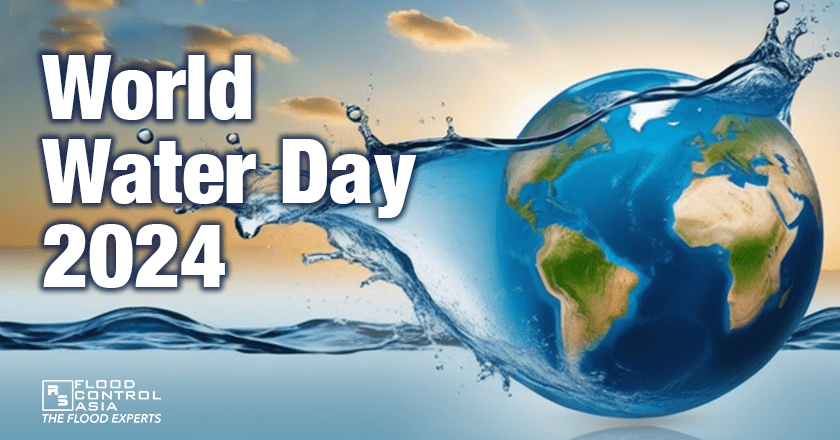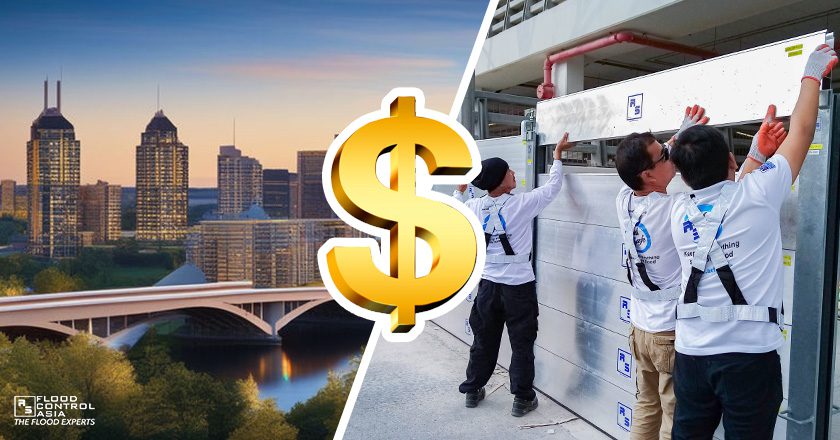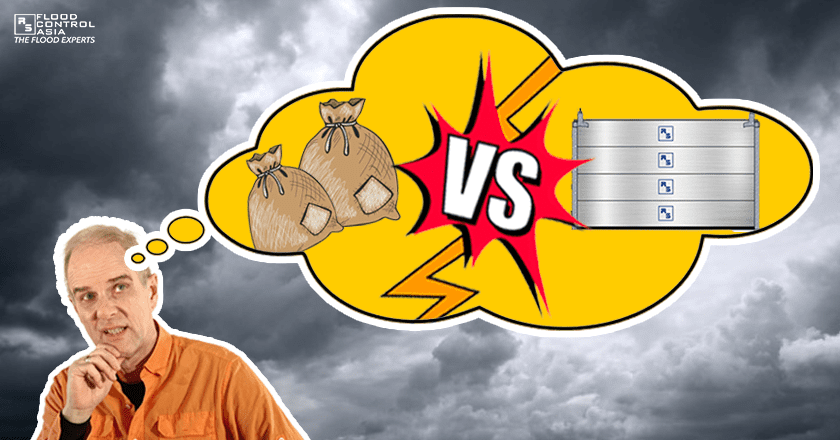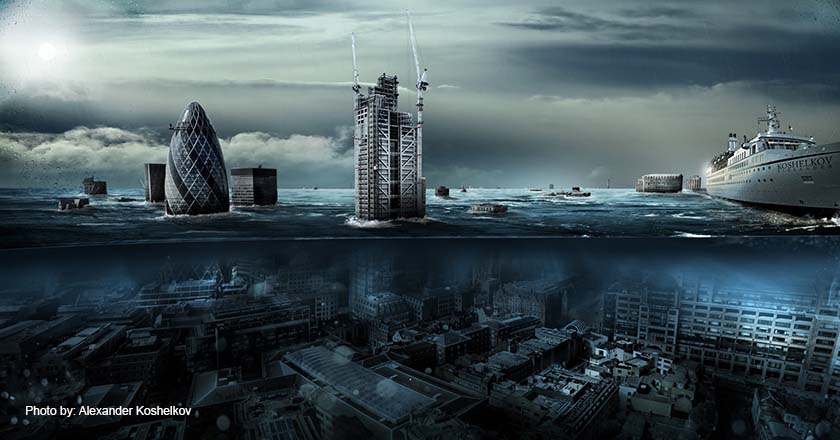Here’s an Effective Solution Against Canal Flood Risk
May 26, 2021 | Created by: Andreas Klippe | Comments
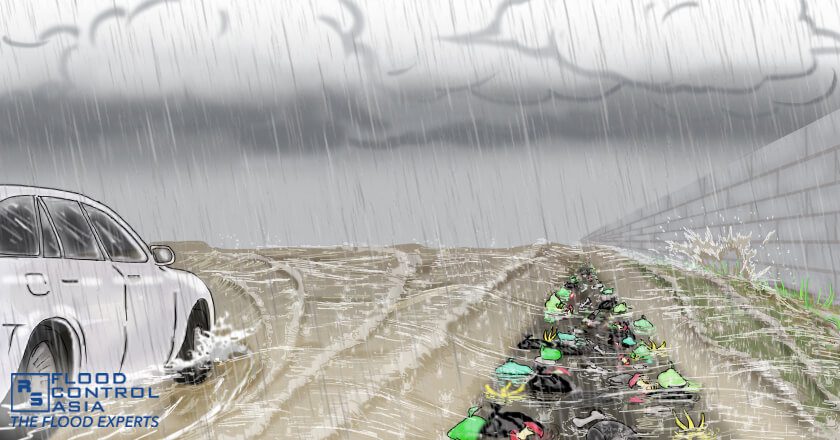
Clogged canals are one of the reasons why numerous areas become flood-prone. This is evident in the experience of Midsayap City, North Cotabato, Philippines on August 4, 2020. Within an hour of downpours, a surge of water occurred and the clogged canals contributed to it. The residents of Midsayap might not have realized the canal flood risk since it was a sudden event.
Nevertheless, YES, we should take into account the risk of canal flooding if we do not want to witness the heavy price that comes with it. But, before we tackle the risk, let us first know the types of canals.
Types of Canals
Canals are man-made and they come in different types. They can be aqueducts and waterways.
People use aqueducts canals to transport water for drinking, hydroelectric power, agriculture, and other human uses. An example of aqueducts is Pont du Gard, which was built in the first century AD in the south of France. French people constructed the aqueduct to provide fresh water to the city of Nimes.

Waterways, on the other hand, are canals that can connect two or more bodies of water. You can find them within a bay or an open sea, allowing boats and ships to pass from one waterbody to another. An example is the Suez Canal, which was built in Egypt under the supervision of Ferdinand de Lesseps, a French diplomat. Men built this canal to link the Mediterranean and the Red Sea.

The Risk of Canal Flooding
Another example of waterways is an open canal. An open canal transports water from one place to another.
There are many canals in the Netherlands and other places in Europe, but a number of them can also be found in Asia. In the Philippines, there are thousands of canals. Most of them that are found in urbanized areas are, unfortunately, clogged. Therefore, during typhoons, hurricanes, and heavy rains, these canals may bring trouble to cities.
For instance, there is an average of 25 typhoons that enter the Philippines every year. This unquestionably makes the country vulnerable to flooding. However, massive rainfalls brought by typhoons are not always the cause. Why? Because clogged waterways may also cause floods to arise, especially in Metro Manila.
When downpours take place, waterways will not drain fast enough because they are clogged with garbage.
Garbage, Heavy Rain Cause Clogging
In fact, 9,213 tons of the 40,087 tons of the country’s daily garbage come from Metro Manila. A great deal of this garbage clogs the pumping stations. These stations help in draining water from creeks and channel it to Manila Bay and nearby bodies of water.

What would happen if the existing drainage system is outdated and can no longer accommodate an immense volume of water? Extra tons of trash will worsen the problem!
When downpours take place, waterways will not drain fast enough because they are clogged with garbage.
Consequently, if the drainage systems and waterways are filled with trash, floods and flood damages may happen when a catastrophe like heavy rain hits. This is exactly the canal flood risk that Midsayap, North Cotabato, Philippines should have considered so it did not have to encounter disastrous flooding.

The combination of heavy rainfalls and clogged canals is not trivial at all. Just knowing the possible consequences flooding can bring to canals should not make you think twice about preventing the risk.
Traditional Canal Flood Solution: Engineering Assessment

To solve canal flooding, we clean up our canals after flooding. Sometimes, canals undergo reconstruction.
However, a solution without a plan is not effective at all. They will only be temporary solutions.

Why should we not consider a real, detailed assessment?
Don’t you think we can consider an assessment that can improve the current situation of our canals?
Why not invest in an assessment that can provide us with proper schemes and allow us to save time and money?
Canal Flood Solution: Engineering Assessment

We cannot change what happened to Midsayap, but, NOW, there is a solution that we can consider for us to be safe around canals during flooding.
The solution is called Engineering Assessment.
An engineering assessment is an engineering service that engineers conduct to properly get hold of the condition of our canals. The advantages of having an engineering assessment are as follows:
- Engineers can collect data to give us a proper judgment on the current situation of our canals. Moreover, this data can be a reference for future studies or designs.
- They can provide us concrete recommendations on how to design flood-proof canals.
- Most importantly, their recommended solutions are long-lasting and of the best quality. The cost is reasonable when there is an engineering assessment.

It is always better to go for something proven! Go for the Engineering assessment.
If you want to have the canal flood risk taken care of now, you can start by conversing with a Flood Expert and having the engineering assessment later. To book a meeting, just click the “BOOK A MEETING” button.



